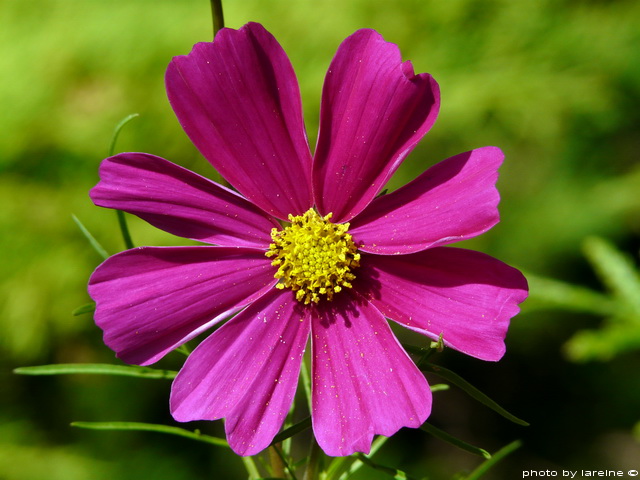Well, with the holidays nearly over, I believe some of us have had their fair share of Champagne or sparkling wine to cap the celebration. This golden bubbly liquid has become the traditional drink, especially during New Year’s Eve. Well, it has been the wine for great occasions since the Middle Ages as it is associated with the coronation of French kings. Because the anointment of kings was always held in Reims cathedral in the Champagne region (northeast of France), the ceremony, was celebrated by drinking the wine from the area.
Hence, Champagne (or the drinking of it) has become one of the symbols of luxury, momentous events and of course, great festivities.
 second scene: the blending of wine --- the wine produced from one to three types of grapes
second scene: the blending of wine --- the wine produced from one to three types of grapes
or from various years (for non-vintage wines) But until the end of the 19th century, “champagne” was used to refer to any sparkling wine. Now, the term is reserved for wines coming from the region and which follows the standard set by the
Institut National des Appellations d’Origine, a French regulating body for products of noteworthy names. However, in the United States, some sparkling wine producers are allowed to use the word “champagne” provided the geographical origin of the wine is indicated on the label.
 third mosaic: riddling (shaking and inverting of bottles), disgorging (taking out the dead yeast), dosage (addition of liqueur d'expédition: a certain amount of base wine and sugar)
third mosaic: riddling (shaking and inverting of bottles), disgorging (taking out the dead yeast), dosage (addition of liqueur d'expédition: a certain amount of base wine and sugar)
Champagne, or any sparkling wine for that matter, is produced by secondary fermentation to have its trademark “pop” and bubbles.
When we visited the town of Reims last summer, we saw this wonderful mosaic-decorated façade of a building in rue de Mars illustrating the steps of champagne-making --- from the harvesting of the grapes to the wine’s bottling and packaging. The mosaic’s colors are very rich and it must have taken a lot of time to make the details of each scene. The date written on bottom right corner of the first tableau is 1898, so I assume the mosaics were dome during that time.
 fourth tableau: corking and putting a wire collar around the cork
fourth tableau: corking and putting a wire collar around the cork For sparkling wines originating outside the area, the technique is called
méthode traditionnelle. After fermenting the wine the traditional way, it is bottled for a secondary fermentation. Yeast and sugar is added on the bottled wine and left to mature for a minimum of 1.5 years (3 years or more for a
millesimé or vintage wines) . Then it undergoes riddling (
remuage) --- shaking the bottle and putting them in racks at an angle starting from 45° – 180° by the end of the 6-8 week riddling process. Then disgorging (
dégorgement) is done to remove the less (composed of the dead yeast and other particulates) deposited on the neck of the bottle. Before corking, a certain amount of sugar and base wine is added to balance the acidity of the Champagne, called
dosage. Depending on the sweetness, there are 7 kinds of Champagne ranging from
doux (sweet; it has more than 50 grams of sugar per liter, hence the term) to
brut natural or
brut zero which contains less than 3 grams of sugar per liter. I personally prefer
sec (dry; 17 -35 grams of sugar per liter) or
demi-sec (half-dry; 33-50 grams of sugar per liter). The other types are
extra sec (extra dry),
brut, and
extra brut in decreasing order of sugar added. (
source: Wikipedia)
 last illustration: labeling and packaging
last illustration: labeling and packaging because of the damage it produces during its production. The pressure build-up inside the bottles due to carbon dioxide production causes the bottles to burst. And sometimes it takes only one bottle to break to cause a chain reaction, making wine producers lose a lot of their wines. Cellar workers even have to wear iron mask (like those worn by baseball catchers) to protect themselves from bursting bottles. (
source: Wikipedia)
But of course, nowadays, it’s not anymore associated with the devil but more with festivities, happiness, and love. And with Valentine’s Day 5 weeks from now, Champagne will surely cross many people’s mind, especially couples’,
with thoughts of a romantic dinner on a starlit night, whispering sweet nothings sealed with a kiss.





































